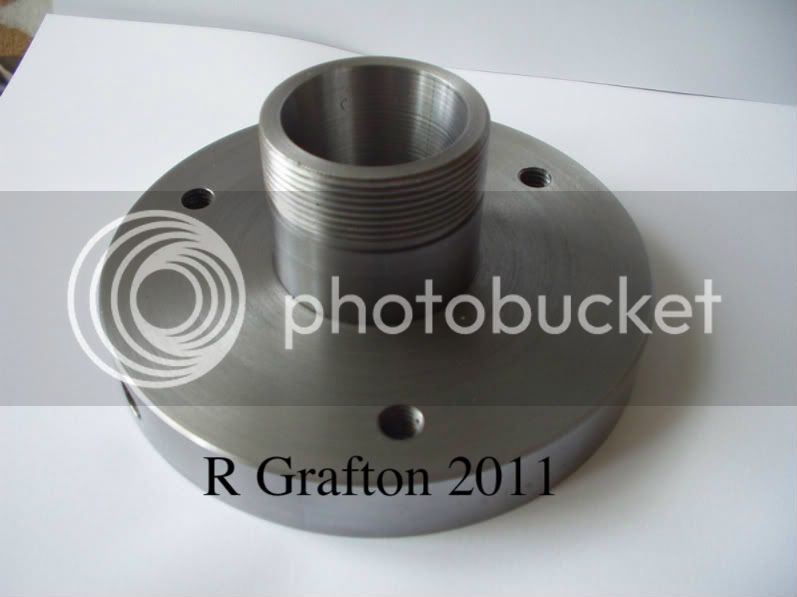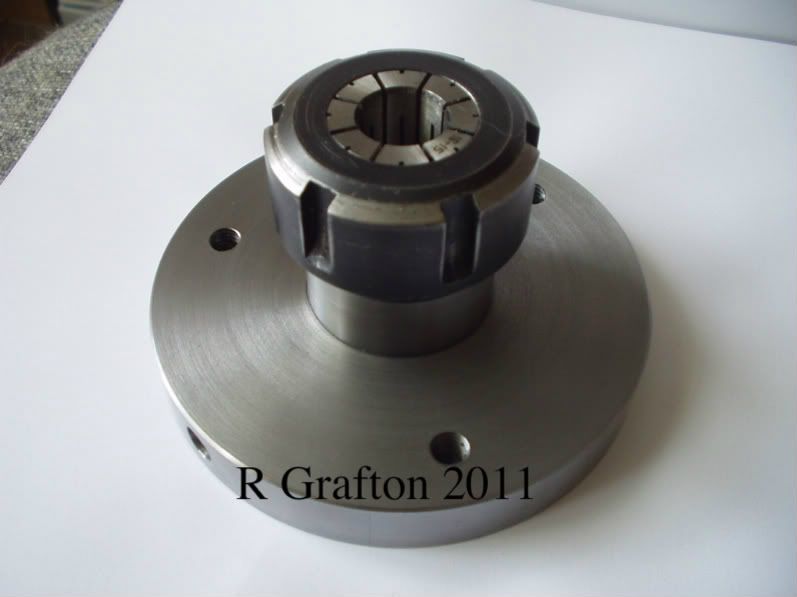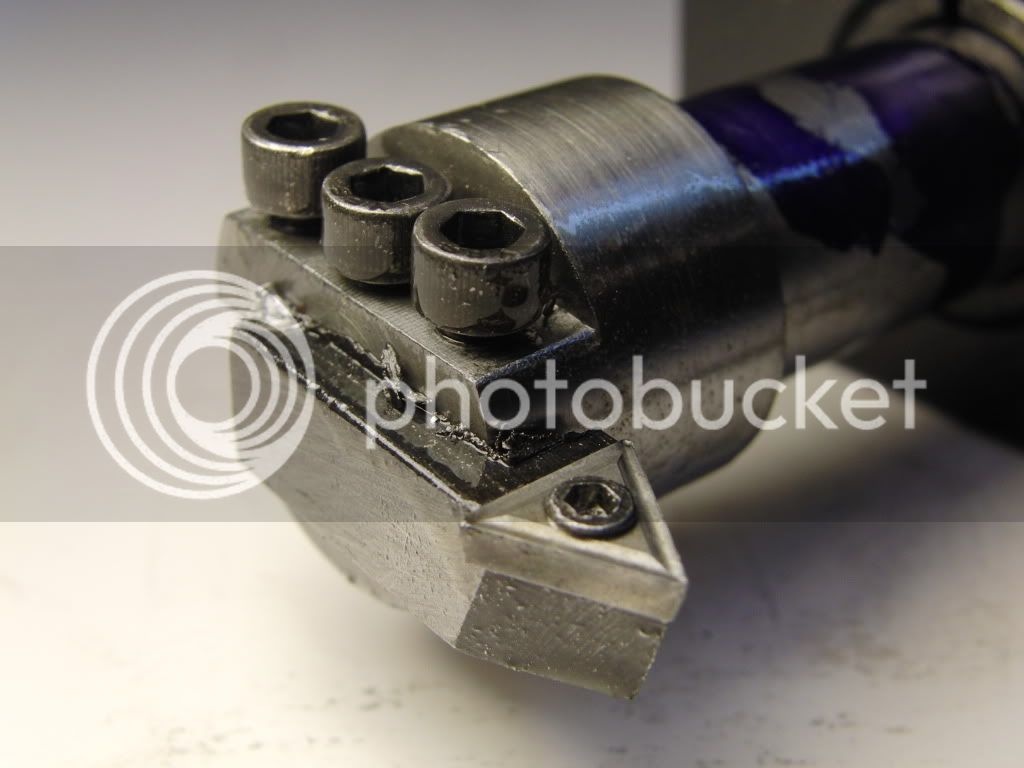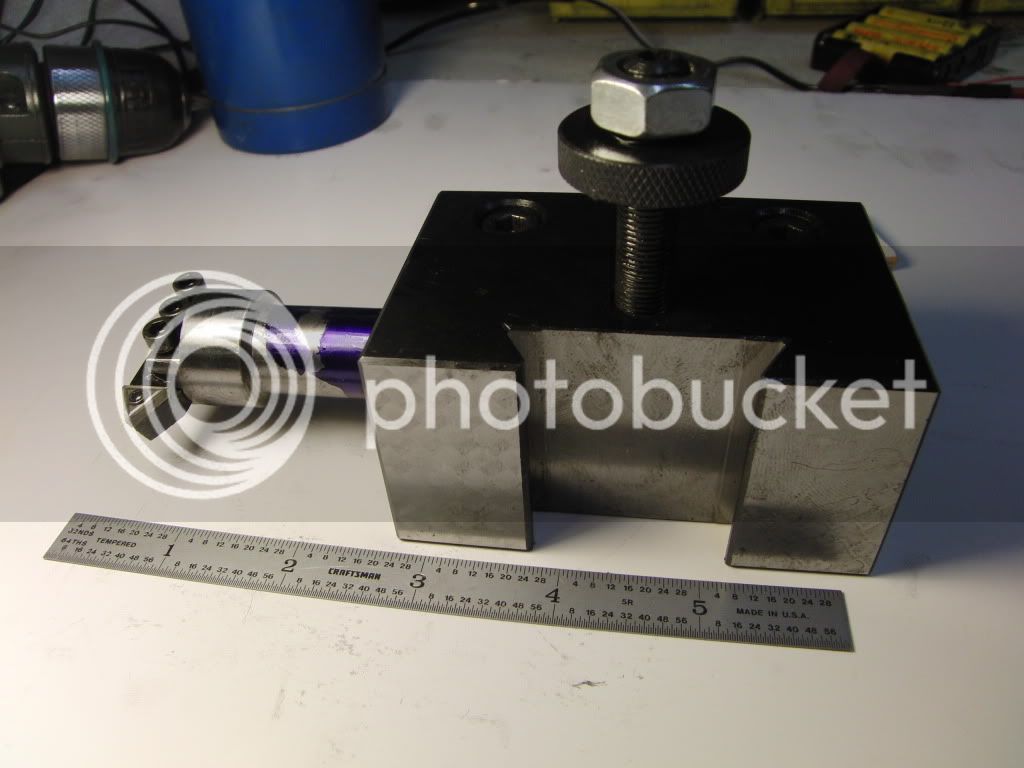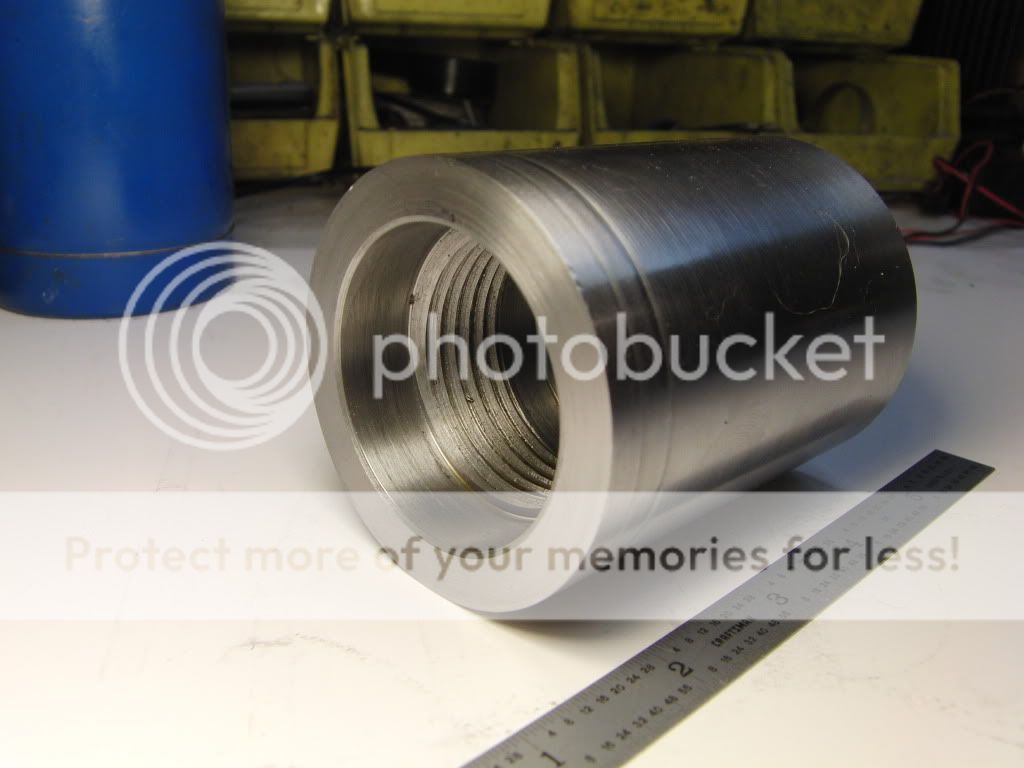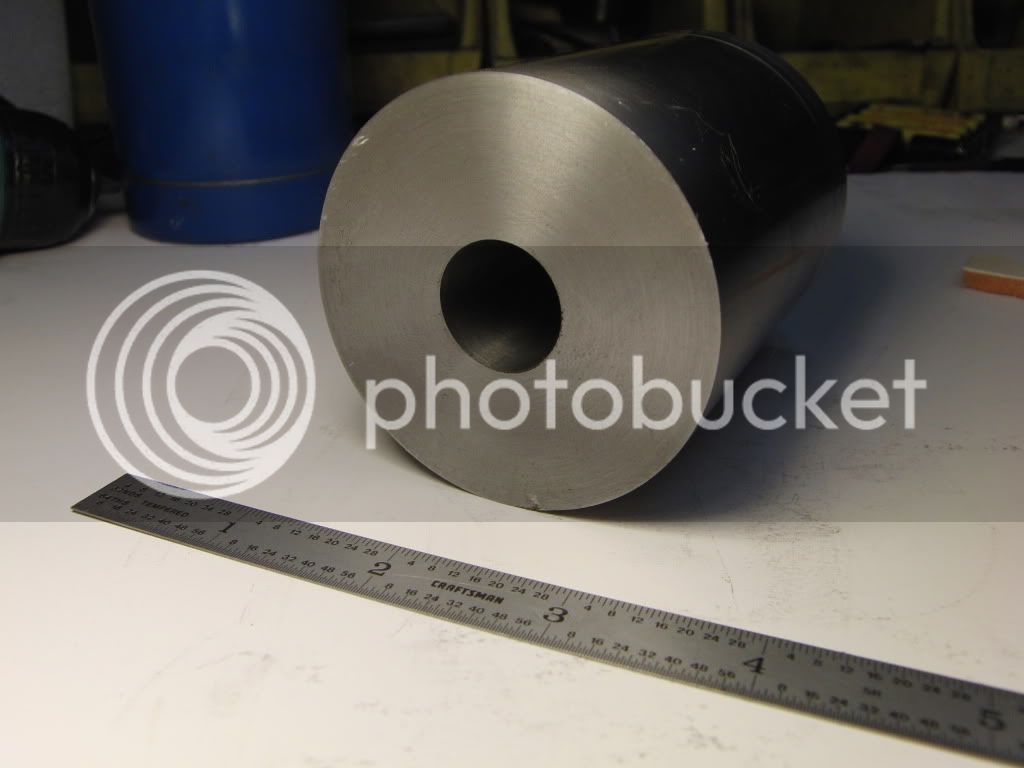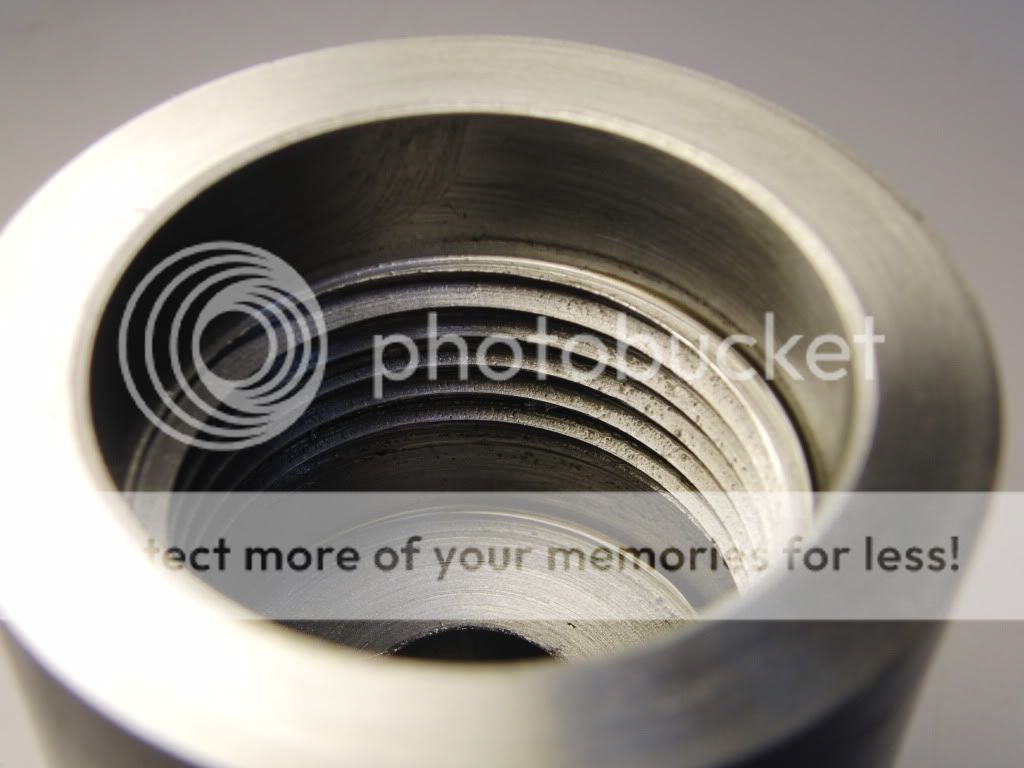- Joined
- Jan 19, 2010
- Messages
- 1,193
- Reaction score
- 41
I am having an incredibly difficult time deciding/finding what I am looking for in an ER collet Set.
My frustration is with the Tolerance. I can find the cheap ones to be about .0005-.0006 T.I.R. I would like to get this down to .0002. I found a good set of ER32 collets with a .0002 T.I.R, but cannot find a suitable MT4 mount chuck to go with it. Most if not all of the chucks I find are .0005 T.I.R.
Does this mean that the worst it would be between the Chuck and collets is .0007 T.I.R.? It seems like a lot.
Is this acceptable?
I am looking for an accurate way of holding work in the lathe, I have an MT4 mount on the lathe, and would like to use it, as opposed to using a 4 jaw chuck to center a straight shank.
I want to be Chuck-Less.
I would like to find a good quality MT4 mount chuck in either ER32 or ER40.
Am I asking for too much. Is this type of tolerance necessary. I am currently only doing model engines, but would like to expand to paid jobs at some point, So quality is important to me.
I see alot of collet holing on the lathe, and for the most part are used when extreme accuracy is needed. Like making valve seats by flipping the valve and having it concentric, (For the most part)
I found a Bison straight shank chuck and ER11 collet set for $166 on E-bay. I cannot get the tolerance of this, but I have heard that Bison is of decent quality.
I am kind of rambling here, I have looked through just about all the posts on this subject and still cannot come up with a conclusion.
has anybody been in this situation?, if so, what did you go with?
Kel
My frustration is with the Tolerance. I can find the cheap ones to be about .0005-.0006 T.I.R. I would like to get this down to .0002. I found a good set of ER32 collets with a .0002 T.I.R, but cannot find a suitable MT4 mount chuck to go with it. Most if not all of the chucks I find are .0005 T.I.R.
Does this mean that the worst it would be between the Chuck and collets is .0007 T.I.R.? It seems like a lot.
Is this acceptable?
I am looking for an accurate way of holding work in the lathe, I have an MT4 mount on the lathe, and would like to use it, as opposed to using a 4 jaw chuck to center a straight shank.
I want to be Chuck-Less.
I would like to find a good quality MT4 mount chuck in either ER32 or ER40.
Am I asking for too much. Is this type of tolerance necessary. I am currently only doing model engines, but would like to expand to paid jobs at some point, So quality is important to me.
I see alot of collet holing on the lathe, and for the most part are used when extreme accuracy is needed. Like making valve seats by flipping the valve and having it concentric, (For the most part)
I found a Bison straight shank chuck and ER11 collet set for $166 on E-bay. I cannot get the tolerance of this, but I have heard that Bison is of decent quality.
I am kind of rambling here, I have looked through just about all the posts on this subject and still cannot come up with a conclusion.
has anybody been in this situation?, if so, what did you go with?
Kel





